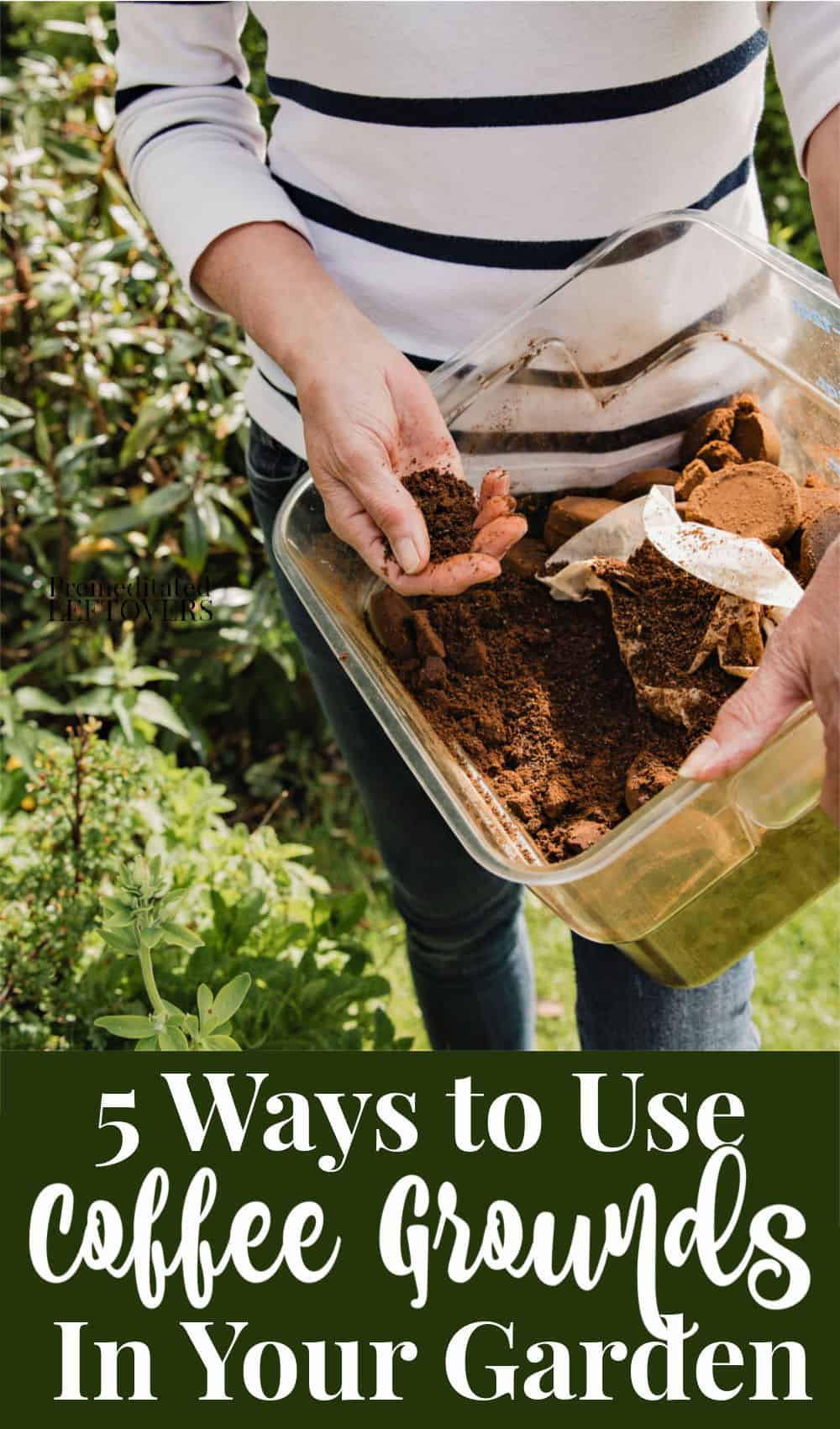Unlocking the Power of Coffee Grounds in Your Garden
Used coffee grounds are a valuable resource for gardeners, offering a natural and eco-friendly way to fertilize plants. By incorporating coffee grounds into your gardening routine, you can improve soil structure, increase nutrient supply, and create a thriving environment for your plants to grow. The benefits of using coffee grounds as a fertilizer are numerous, including increased water retention, aeration, and microbial activity. As a result, plants that thrive on coffee grounds, such as azaleas, rhododendrons, and blueberries, respond well to this type of fertilizer due to its ability to provide essential nutrients. By understanding how to harness the power of coffee grounds, you can give your plants the boost they need to flourish.
Which Plants Thrive on Coffee Grounds?
Certain plants have a special affinity for used coffee grounds, and understanding which ones benefit the most can help you optimize your gardening strategy. Azaleas, rhododendrons, and blueberries are just a few examples of plants that love coffee grounds. These acid-loving plants thrive in environments with high acidity, which coffee grounds can provide. The slow release of nutrients from coffee grounds also helps to sustain these plants over an extended period. Other plants that respond well to coffee grounds include hydrangeas, camellias, and gardenias. These plants tend to have shallow root systems, making them more susceptible to nutrient deficiencies, which coffee grounds can help alleviate. By knowing which plants like used coffee grounds, you can create a tailored fertilization plan that meets their unique needs.
How to Use Coffee Grounds in Your Garden
Incorporating coffee grounds into your gardening routine is a simple and effective way to provide your plants with essential nutrients. To get started, collect used coffee grounds from your daily coffee habit or visit a local coffee shop to collect their waste. Once you have a sufficient amount, follow these steps to integrate coffee grounds into your gardening routine:
1. Mix 1/2 inch of coffee grounds into the soil around your plants, taking care not to over-fertilize. A general rule of thumb is to use 1 part coffee grounds to 10 parts soil.
2. Add coffee grounds to your compost pile to accelerate the decomposition process and create a nutrient-rich soil amendment.
3. Use coffee grounds as a mulch to retain moisture, suppress weeds, and regulate soil temperature. Simply spread a 1-2 inch layer of coffee grounds around your plants and replenish as needed.
4. Create a coffee ground “tea” by steeping 1 cup of coffee grounds in 5 gallons of water. This liquid fertilizer can be used to water your plants, providing an instant boost of nutrients.
By following these simple steps, you can unlock the full potential of coffee grounds and give your plants the nutrients they need to thrive.
The Science Behind Coffee Grounds as Fertilizer
Coffee grounds’ fertilizing properties can be attributed to their unique chemical composition. Rich in nitrogen, phosphorus, and potassium, coffee grounds provide essential nutrients for plant growth. Nitrogen, a key component of amino acids, promotes healthy leaf growth and green color. Phosphorus, on the other hand, is crucial for root development, flower and fruit production, and overall plant maturation. Potassium helps regulate water balance, disease resistance, and overall plant health.
When added to soil, coffee grounds undergo a process called decomposition, where microorganisms break down the organic matter into a nutrient-rich humus. This slow release of nutrients provides a steady supply of fertilizer to plants, reducing the need for synthetic fertilizers. Additionally, coffee grounds’ high carbon content helps to improve soil structure, increasing its water-holding capacity and aeration.
The pH level of coffee grounds, ranging from 6.5 to 6.8, makes them an ideal fertilizer for acid-loving plants. By incorporating coffee grounds into your gardening routine, you can create a nutrient-rich soil environment that supports healthy plant growth and development.
Combining Coffee Grounds with Other Natural Fertilizers
While coffee grounds are an excellent natural fertilizer on their own, combining them with other organic fertilizers can create a nutrient-rich soil blend that provides even more benefits to your plants. One popular combination is mixing coffee grounds with compost. Compost, rich in carbon and microorganisms, helps to break down the coffee grounds and release their nutrients more efficiently. This blend can be used to fertilize plants, improve soil structure, and support healthy microbial activity.
Another effective combination is mixing coffee grounds with manure. Manure, high in nitrogen and phosphorus, complements the nutrient profile of coffee grounds, providing a balanced fertilizer for your plants. This blend is particularly beneficial for plants that require high levels of nitrogen, such as tomatoes and peppers.
When combining coffee grounds with other natural fertilizers, it’s essential to maintain a balanced ratio. A general rule of thumb is to mix 1 part coffee grounds with 2 parts compost or manure. This ratio allows for a slow release of nutrients, reducing the risk of over-fertilization and promoting healthy plant growth.
By combining coffee grounds with other natural fertilizers, you can create a customized fertilizer blend that meets the specific needs of your plants. This approach not only reduces waste and supports sustainable gardening practices but also provides a nutrient-rich soil environment that promotes healthy plant growth and development.
Common Mistakes to Avoid When Using Coffee Grounds
While coffee grounds can be a valuable addition to your garden, there are some common mistakes to avoid to ensure you’re getting the most out of this natural fertilizer. One of the most critical mistakes is over-fertilizing. Coffee grounds are high in nitrogen, and excessive application can lead to an overabundance of this nutrient, causing more harm than good to your plants.
Another mistake is using coffee grounds that are too fresh. Fresh coffee grounds can be too acidic for your plants, causing nutrient imbalances and potentially harming your soil’s microbial activity. It’s essential to allow the coffee grounds to age or compost before applying them to your garden.
Additionally, be cautious when using coffee grounds in combination with other fertilizers. Coffee grounds can interact with other fertilizers, leading to unintended consequences. Always research and understand the potential interactions before combining coffee grounds with other fertilizers.
To avoid these mistakes, start with a small amount of coffee grounds and gradually increase the application as needed. Also, make sure to mix the coffee grounds with other compost materials or soil to dilute their potency. By being mindful of these potential pitfalls, you can harness the full benefits of coffee grounds and create a thriving garden.
Maximizing the Benefits of Coffee Grounds in Your Garden
To get the most out of coffee grounds in your garden, consider using them as a mulch. Coffee grounds can help retain moisture, suppress weeds, and regulate soil temperature. Simply spread a thin layer of coffee grounds around your plants, and replenish as needed. This method is particularly effective for acid-loving plants like azaleas and rhododendrons, which thrive on the nutrient-rich properties of coffee grounds.
Another way to maximize the benefits of coffee grounds is to add them to your compost pile. Coffee grounds are rich in nitrogen, phosphorus, and potassium, making them an excellent addition to your compost. As the coffee grounds break down, they’ll provide a slow release of nutrients to your plants. This method is ideal for gardeners who want to create a nutrient-rich soil blend without the hassle of frequent applications.
For an added boost, consider using coffee grounds as a natural pest repellent. Coffee grounds can deter ants, snails, and slugs, which can be detrimental to your plants’ health. Simply sprinkle a thin layer of coffee grounds around the affected areas, and watch as these pests disappear.
By incorporating these additional tips and tricks into your gardening routine, you can unlock the full potential of coffee grounds and create a thriving, eco-friendly garden. Remember to always use coffee grounds in moderation, and combine them with other natural fertilizers to create a balanced soil blend. With a little creativity and experimentation, you can turn your coffee grounds into a valuable resource for your garden.
Conclusion: Give Your Plants a Coffee Break
In conclusion, using coffee grounds as a natural fertilizer is a simple yet effective way to give your plants the nutrients they need to thrive. By understanding which plants like used coffee grounds, such as azaleas, rhododendrons, and blueberries, and how to incorporate them into your gardening routine, you can create a thriving and eco-friendly garden. Remember to avoid common mistakes, combine coffee grounds with other natural fertilizers, and maximize their benefits by using them as a mulch or adding them to your compost pile.
With the numerous benefits of coffee grounds, from improved soil structure to increased nutrient supply, it’s no wonder why many gardeners are turning to this innovative and sustainable fertilizer. So, give your plants a coffee break and watch them flourish. By making the switch to coffee grounds, you’ll not only be reducing waste and promoting a healthier environment, but you’ll also be rewarded with a vibrant and thriving garden that will bring joy and beauty to your outdoor space.






